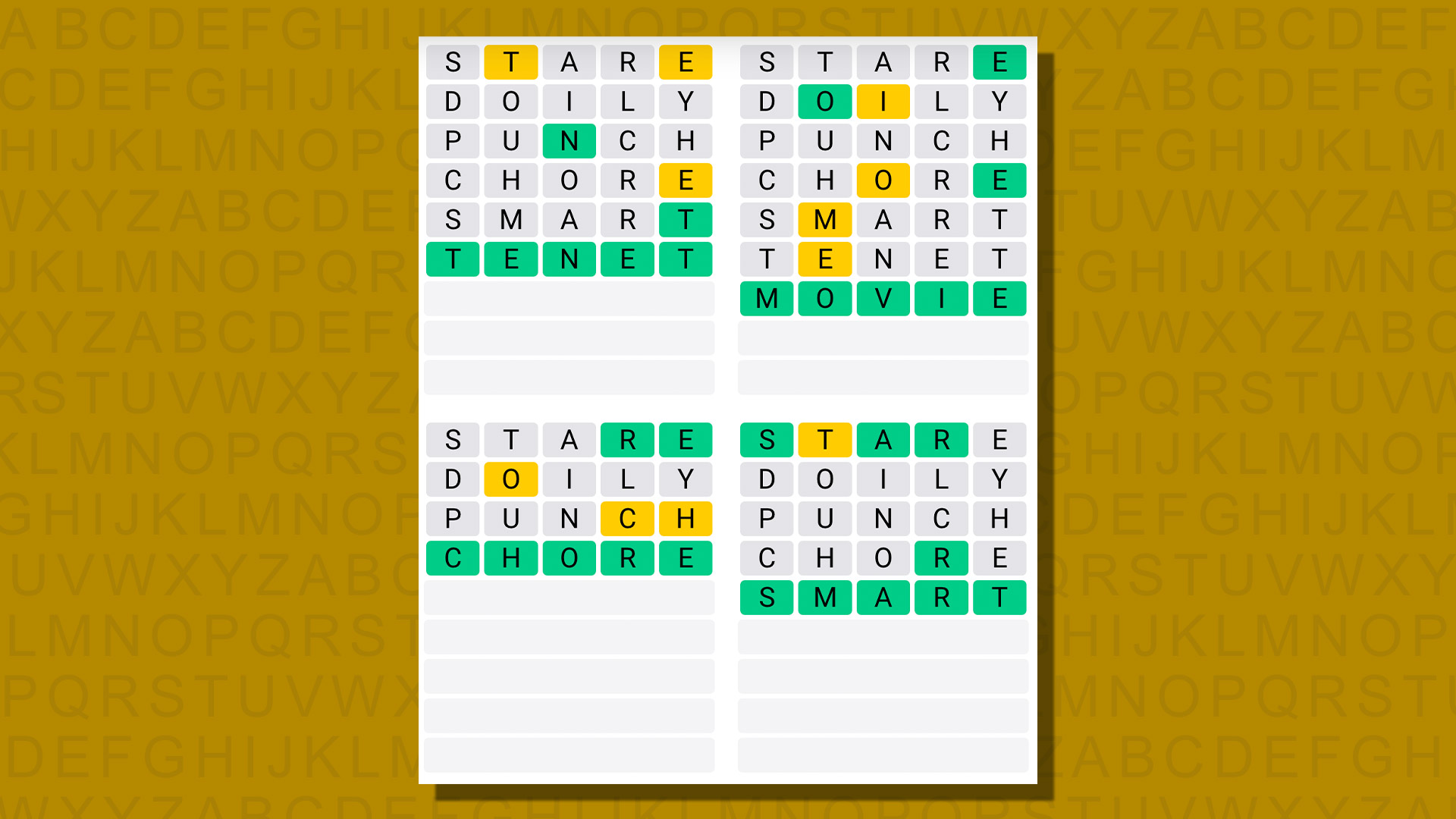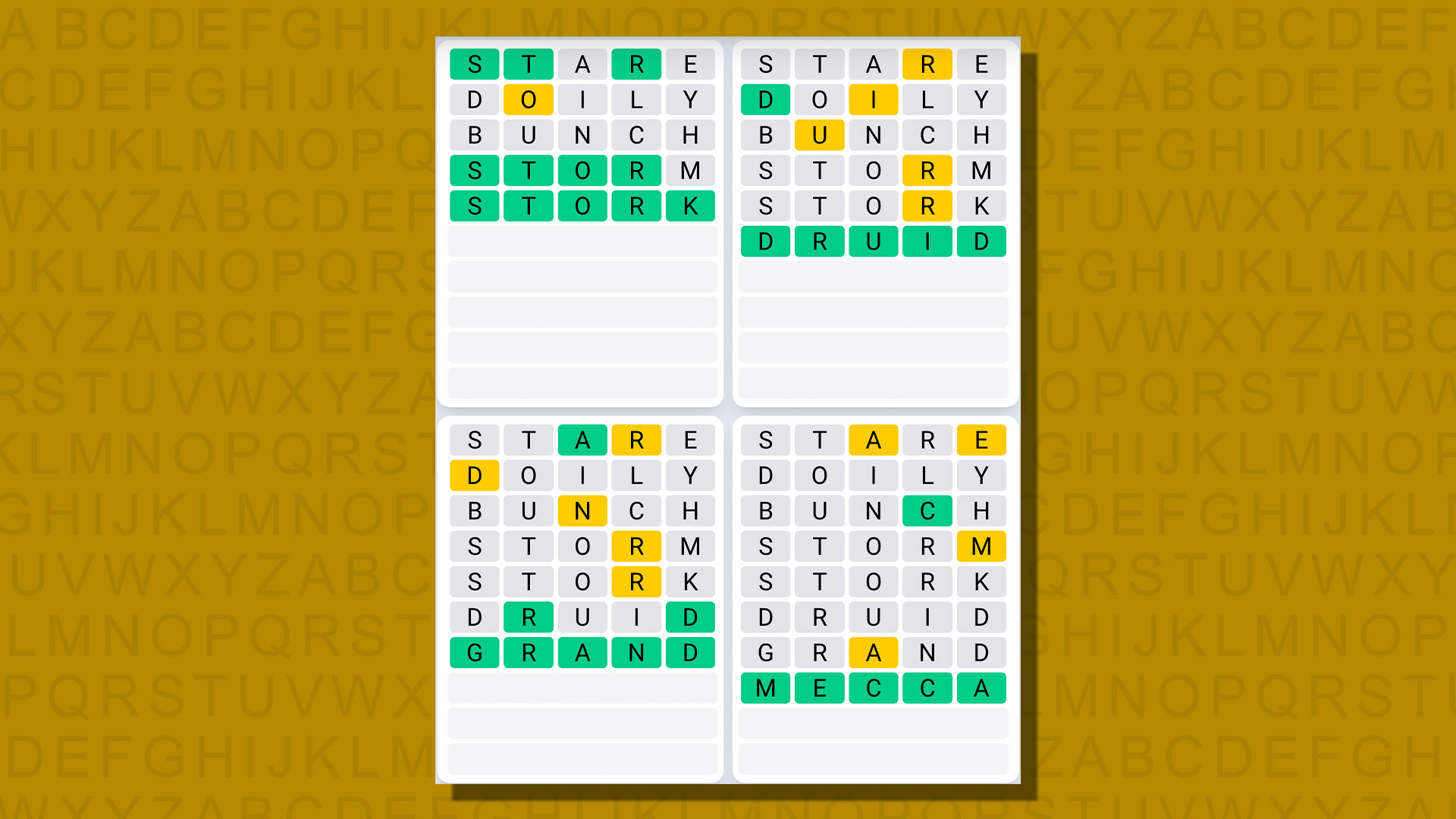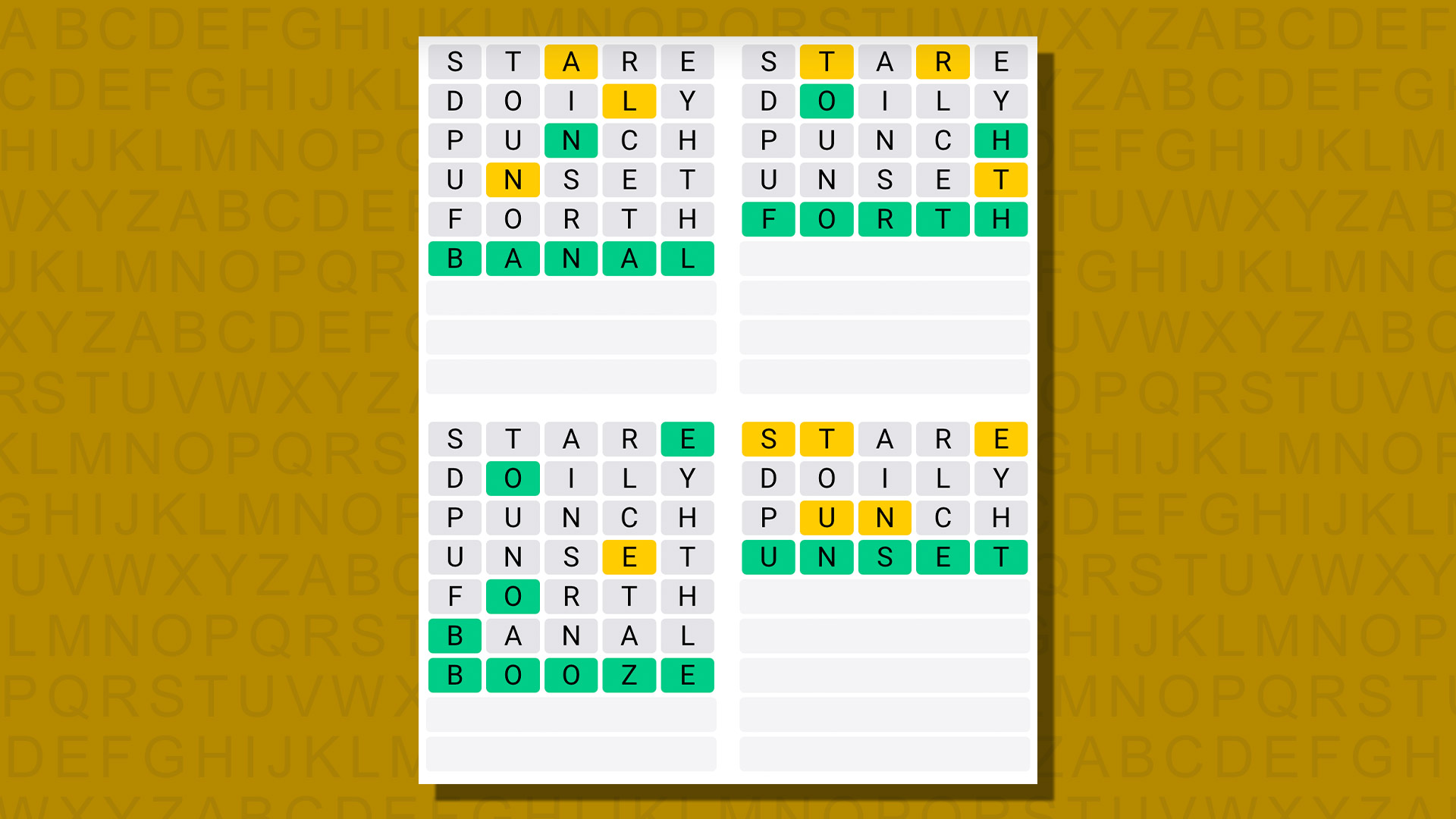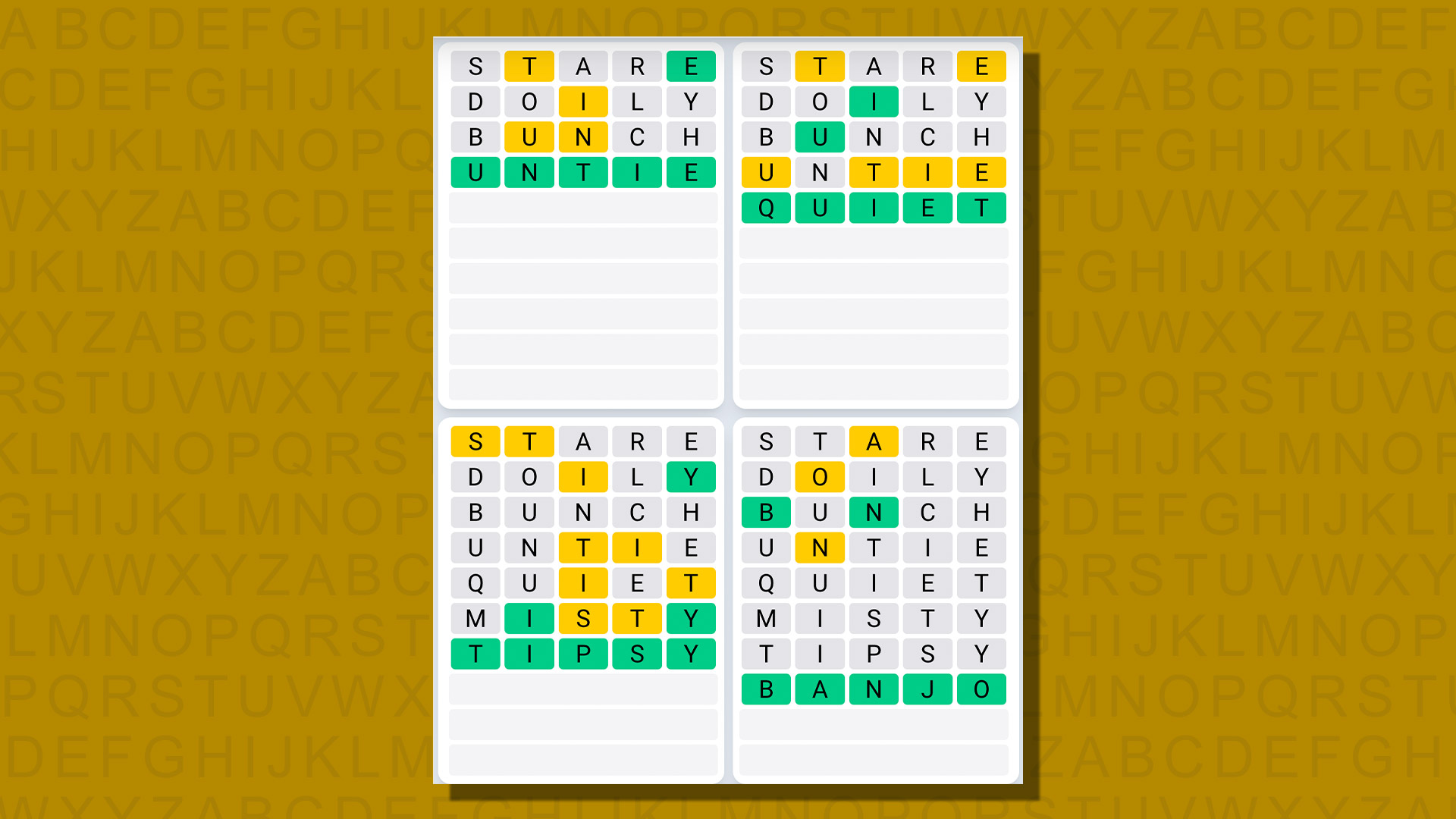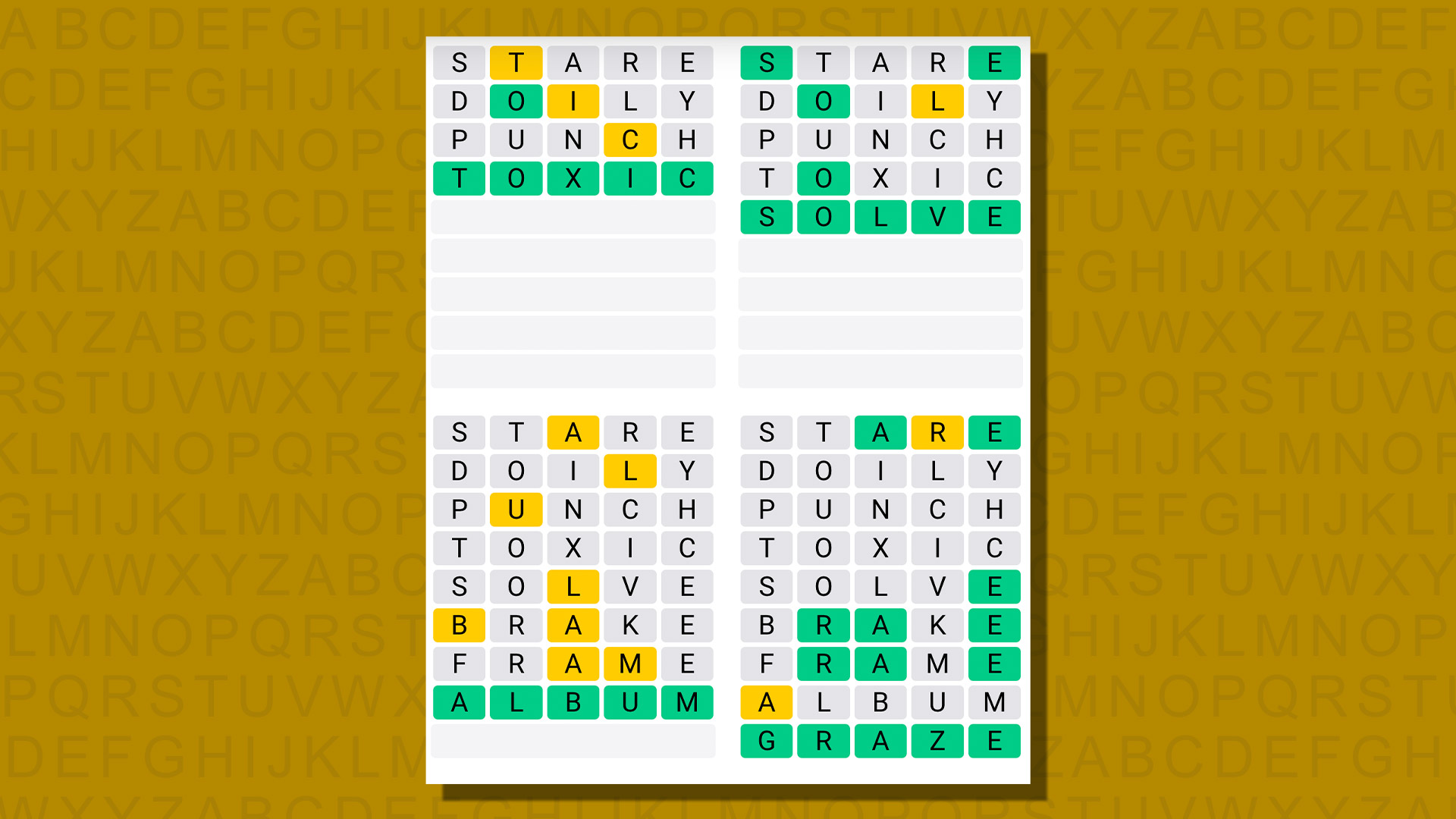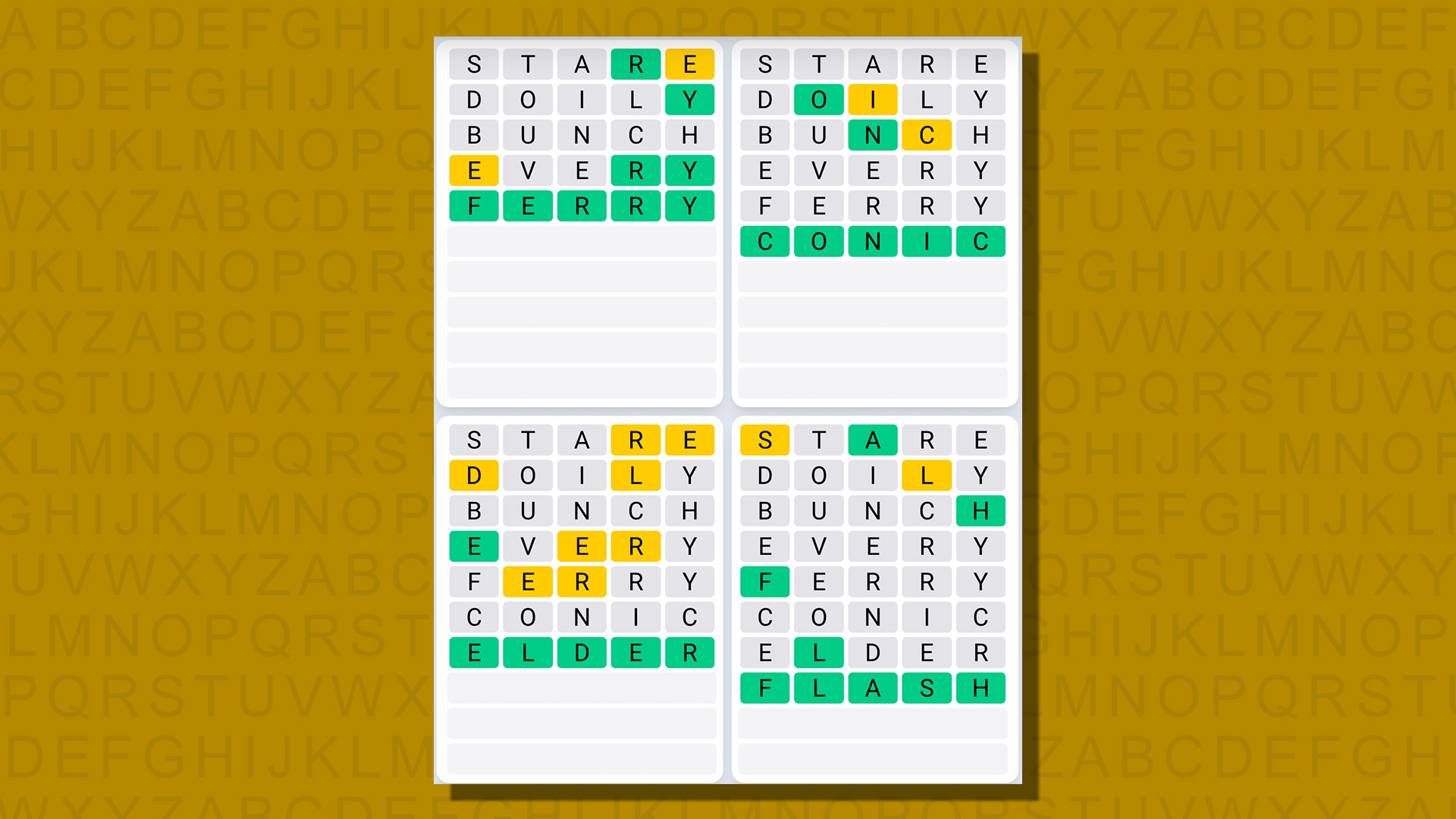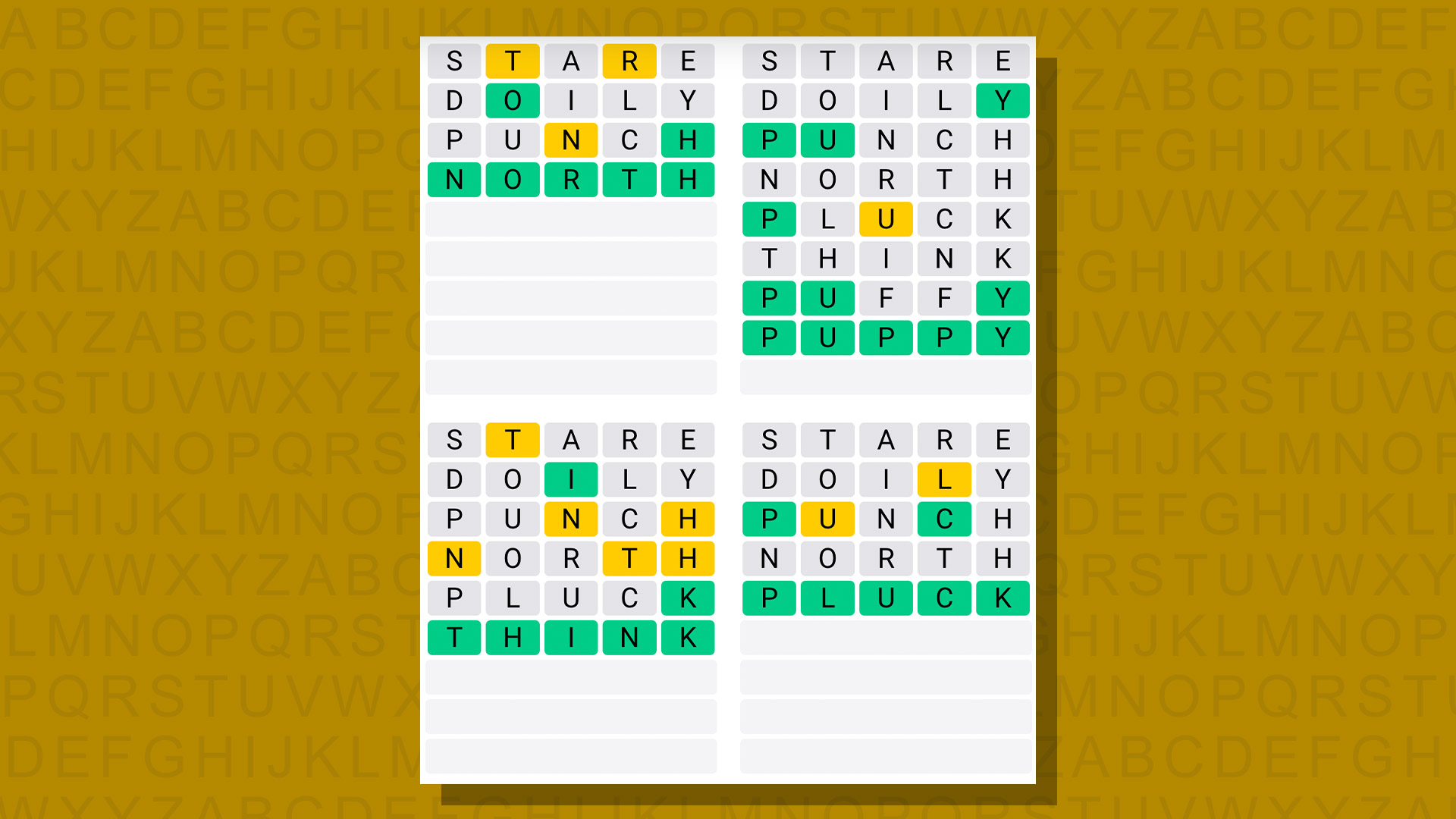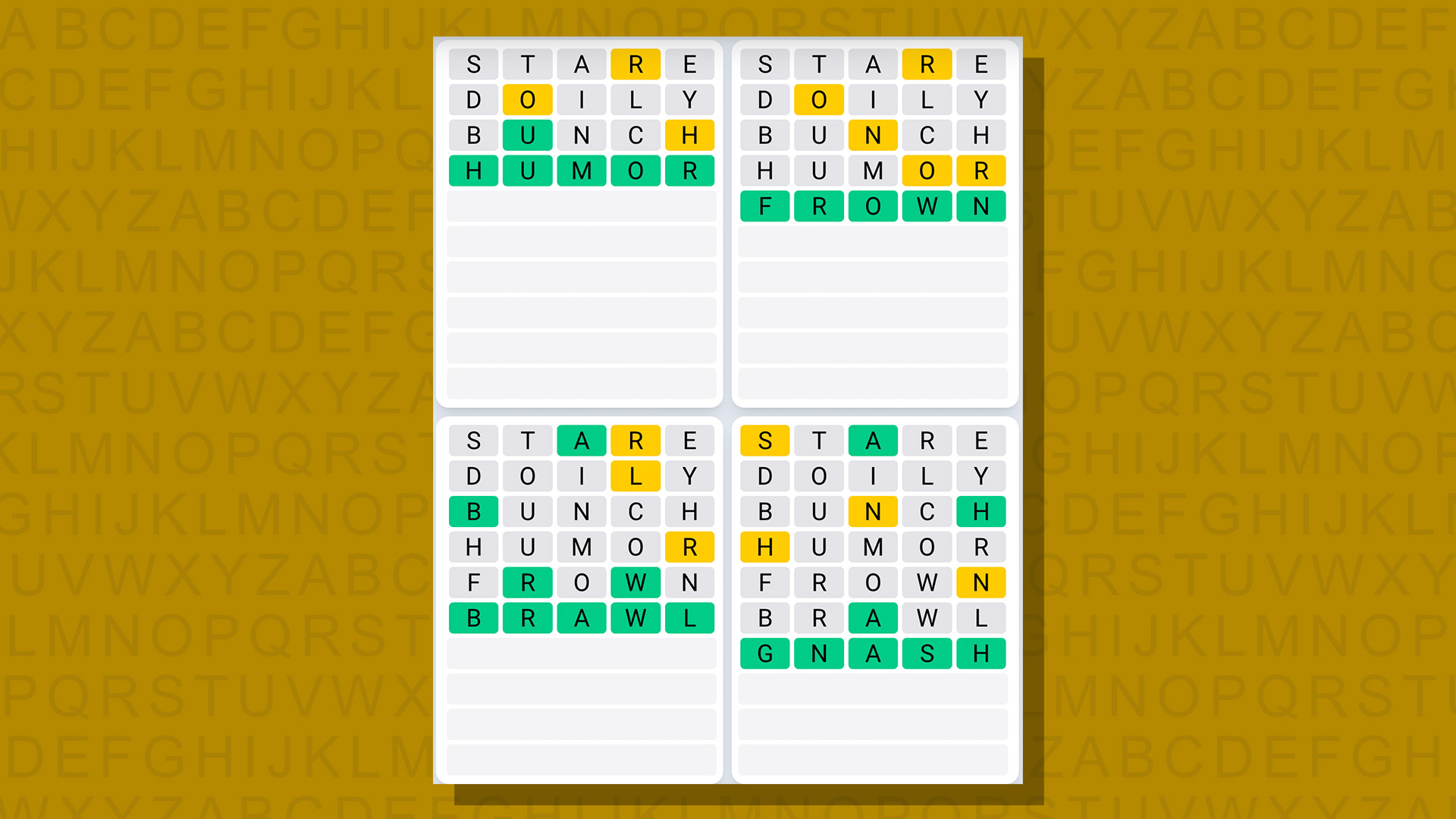A group of left-leaning House Democrats is urging its colleagues to oppose the $26 billion aid package for Israel, hoping to maximize the number of “no” votes from the party and send a warning to President Biden about the depth of his political coalition’s discontent over his support for Israel’s tactics in Gaza.
Framing the upcoming vote as a make-or-break moral choice akin to Congress’s votes to authorize and fund the Iraq war, progressive leaders in the House are working to muster a sizable bloc of Democratic opposition to the aid measure, which is expected to pass on Saturday and become law in the coming days.
“In the wake of those votes, people came around much, much later and said, ‘We shouldn’t have allowed that to go forward,’” Representative Pramila Jayapal, Democrat of Washington and the chair of the Congressional Progressive Caucus, said of the decades-ago debate over Iraq. “And I think that this is that moment.”
Representative Joaquin Castro, Democrat of Texas, called it a “defining vote,” adding, “We’re either going to participate in the carnage, or we’re not.”
There is little doubt that the bill, which would send roughly $13 billion in military assistance to Israel as it continues its offensive in Gaza, will pass the House, along with money for Ukraine, Taiwan and other American allies.
But progressive Democrats estimated that 40 to 60 members of their party may oppose it on the House floor on Saturday. That would be a striking signal from Congress, where ironclad bipartisan backing for Israel has long been the norm. And it would highlight the fraught divisions the war in Gaza has sown within the Democratic Party, even as more Democrats including Mr. Biden have begun to criticize Prime Minister Benjamin Netanyahu’s approach to the conflict and urge him to better protect civilians.
The legislation would allocate $5 billion to Israel’s defense capabilities and $9 billion for “worldwide humanitarian aid,” including for civilians in Gaza. But it would not place further conditions on how Israel could use American military aid, nor block future arms transfers from the United States as an increasing number of Democrats have sought to do.
Democrats who are leading the push against the Israel aid bill said they strongly supported the Jewish state and its right to defend itself, and would vote in favor of sending military aid that supports Israel’s defense capabilities, such as by replenishing the Iron Dome, David’s Sling and Iron Beam defense systems. They also denounced the Oct. 7 terrorist attack by Hamas that prompted the war, and said the hostages taken by Hamas must be released.
But they argued that approving more offensive weaponry without conditions was an untenable moral and political position that would amount to an endorsement of Mr. Netanyahu’s prosecution of the war, including his intention to invade Rafah over the objections of the Biden administration. More than 33,000 people in Gaza have been killed since the start of the conflict, according to the health ministry there, and the population is facing a hunger crisis.
“I understand the need for defensive weapons for Israel, particularly in light of the attack by Iran,” said Representative Ro Khanna, Democrat of California, who ran his first campaign on an antiwar platform and helped lead efforts to end U.S. participation in the war in Yemen. “But there is no justification to provide bombs and weapons to Netanyahu to continue the war in Gaza that is killing thousands of innocent Palestinian women and children.”
Saturday’s vote will recall a similar situation from 2007, when the speaker at the time, Nancy Pelosi, Democrat of California, split a piece of spending legislation to allow Democrats to register their opposition to funding the Iraq war while backing a domestic funding bill. Speaker Mike Johnson, Republican of Louisiana, similarly divided the foreign aid package to be considered on Saturday in order to get each element across the finish line in the face of distinct coalitions of resistance to different pieces of the bill.
In a critical test vote on Friday, the House agreed, 316 to 94, to bring up the package, with 39 Democrats — mostly progressives — joining 55 Republicans in opposition.
“This is a moment for members of Congress who support a safe and secure Israel to send a message that giving Netanyahu more offensive weapons is not a path for peace and security for Israelis and Palestinians,” Representative Becca Balint, Democrat of Vermont and the first Jewish member of Congress to call for a cease-fire, said in an interview. “To give Netanyahu more offensive weapons at this stage, I believe, is to condone the destruction of Gaza that we’ve seen in the last six months. And it’s also a green light for an invasion of Rafah.”
Representative Lloyd Doggett, a Texas Democrat who led the opposition to funding for the Iraq war in 2007, said the conversations among Democrats in Congress opposing continued U.S. backing for the war in Gaza were “not unlike” those that took place 17 years ago.
“We may well be casting the vote on whether a much wider war takes place, and whether American weapons go that result in the death of thousands of innocent people,” Mr. Doggett said.
The Democrats who oppose the aid package for Israel represent a minority of their caucus. But they see a “no” vote as part of a strategy to pressure Mr. Biden to condition aid and halt future offensive weapons transfers. Through many meetings, text chains and conversations with the administration, they have worked to shift the president’s approach to Israel, while underscoring the electoral risks Mr. Biden faces among voters who helped power him to the White House in 2020 and are now furious over his handling of the war.
“The only way to get a course correction is for a sizable number within the Democratic caucus to say it must shift,” Ms. Balint said.
Representative Dan Kildee, a Michigan Democrat who has been pressing Mr. Biden to withhold offensive weapons from Israel, said a big “no” vote would strengthen the president’s hand to do so.
“It helps the administration to have some number of Democrats express ourselves in this way,” he said.
Representative Greg Casar, Democrat of Texas, said he hoped a substantial number of Democrats opposing the bill would give the Biden administration greater leverage to influence the Israeli government’s approach to the war.
“I hope this vote will show the world that there is a really significant segment of the United States that doesn’t want to see expanded and widening wars,” he said.



